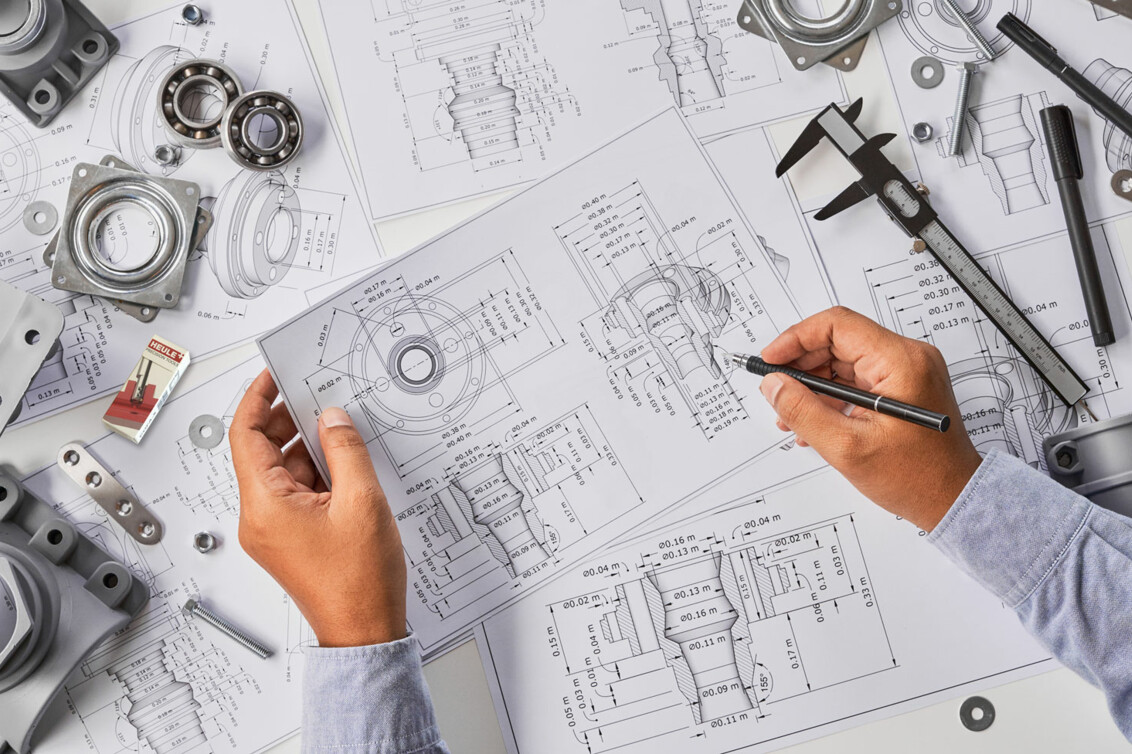

Production of a new workpiece was running on the machine in the factory of a supplier to the energy sector, however, the quality control department quickly identified a serious quality deviation. Burrs were present on the edges of the bores. It is essential to remove these burrs before the following assembly process. The technical manager knew the company HEULE from previous deburring projects and contacted the local distribution point in Germany. He knew that HEULE does not only offer standard products, but also fully customised solutions: “Hopefully HEULE has a simple solution for this deburring problem”.
During the first telephone conversation, he described the technical situation and then sent drawings of the workpiece to HEULE for a more detailed analysis. Unfortunately, it quickly turned out that deburring tools also have their limits!
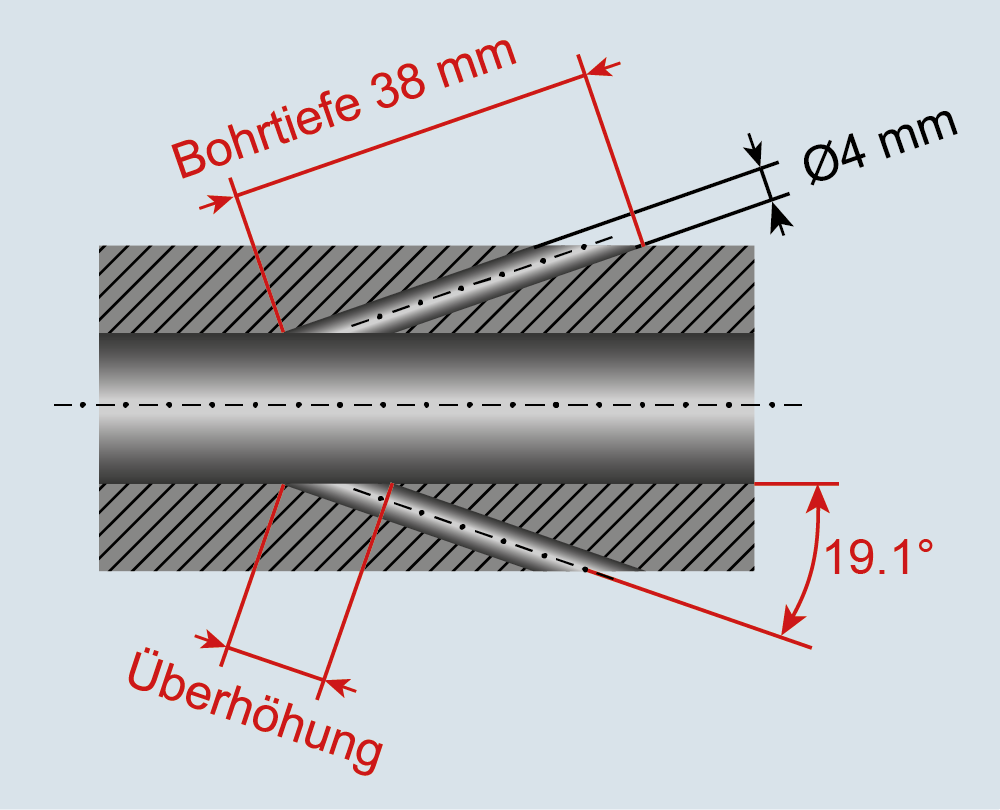
HEULE could cope with the unusually large drill depth of 38 mm at a diameter of 4 mm by using a special tool, but the large unevenness at the exit of the bore proved to be a challenge.
In principle, the blade of the deburring tool will follow an uneven bore edge, but with this large unevenness there is no chance to deburr the bore edge completely. This situation could not be solved with a standard HEULE catalogue item. The HEULE Area Sales Manager made the recommendation to the customer that a change be made to the workpiece design so that the bore can be properly deburred.
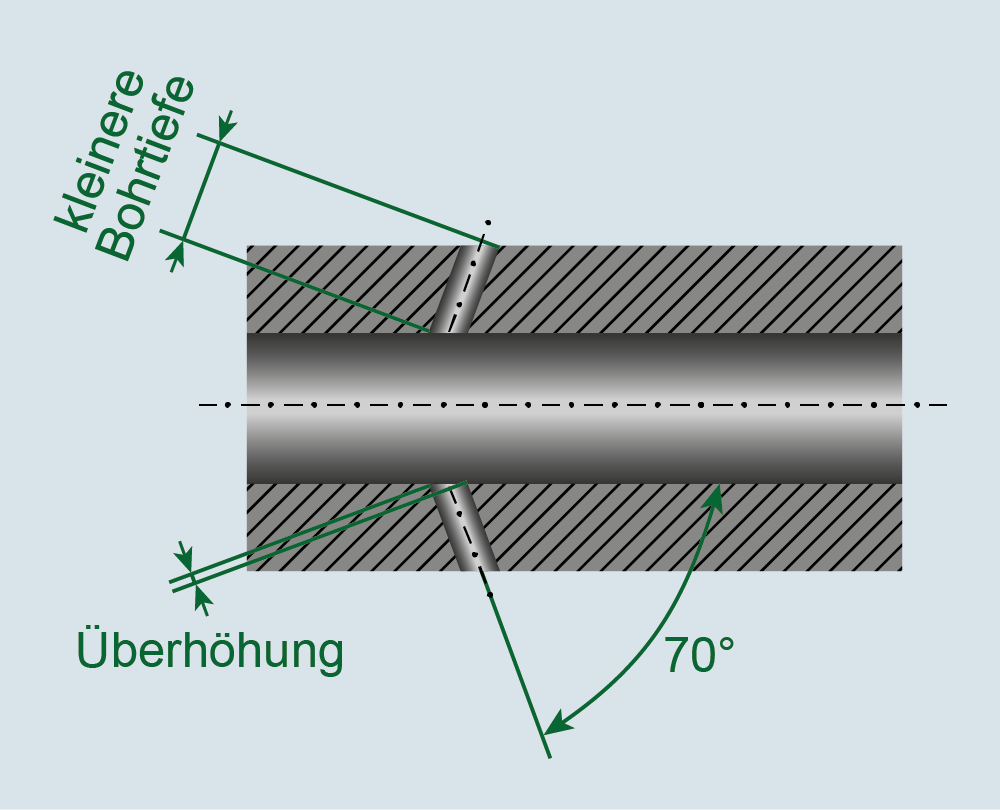
The existing angle between the bore and the workpiece of 19.1° should be changed to 70°. As a consequence, the unevenness of the bore edge would be greatly reduced. In addition, the bore becomes much shorter resulting in a reduction in drilling time and increasing the life of the drill!
This new deburring situation could then be satisfied with a tool from the HEULE standard range - the COFA. The customer's technical manager discussed this suggestion with the design team. After a few successful internal tests, the design of the workpiece was changed as per HEULE’s recommendation.
The situation was different for a customer in the automotive industry. A workpiece had already been manufactured millions of times prior to contact with HEULE. High operating costs due to electro-chemical deburring was a recurring issue. By chance, the responsible managers discovered the more cost-effective, but nevertheless process-safe deburring solutions of HEULE and immediately contacted the headquarters in Switzerland. After a detailed analysis by the experts, the customer was asked if the workpiece could undergo some design changes.
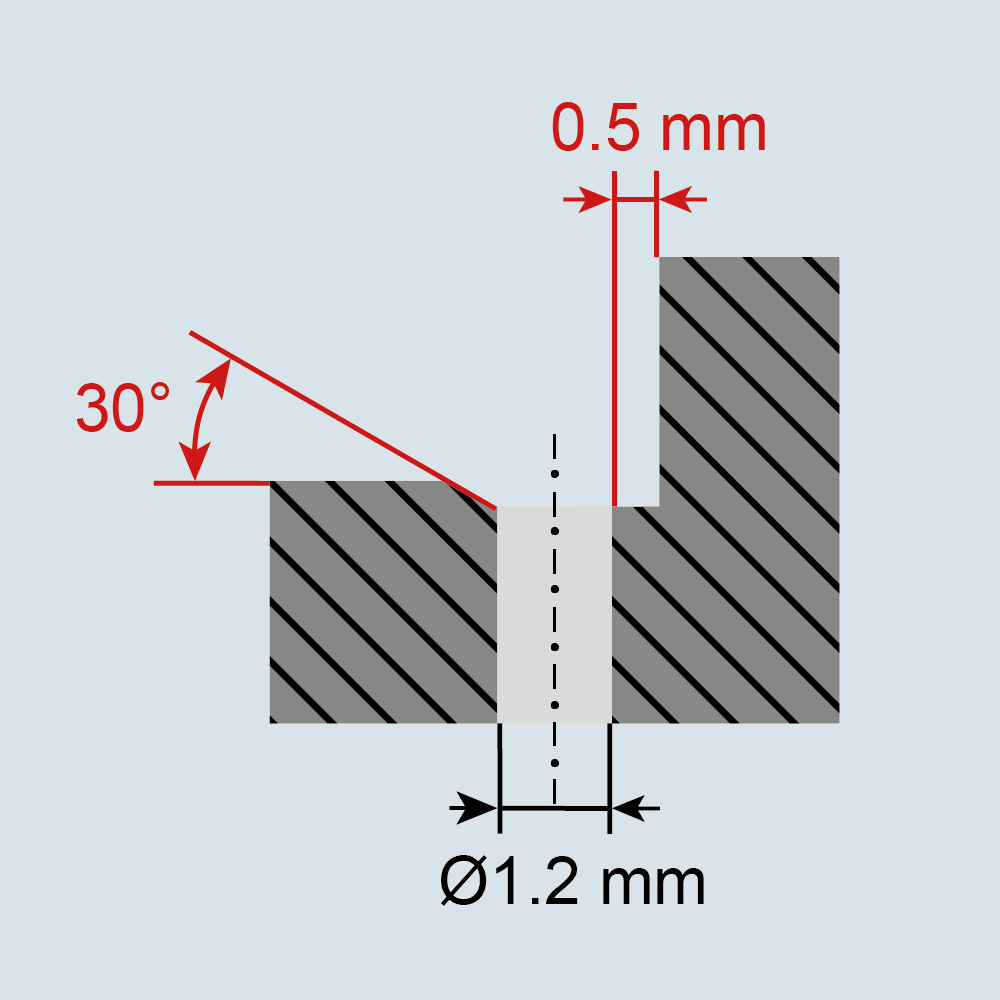
With a short distance of just 0.5mm from the edge of the bore to the side-wall, the blade of the deburring tool would collide with the side-wall and break.
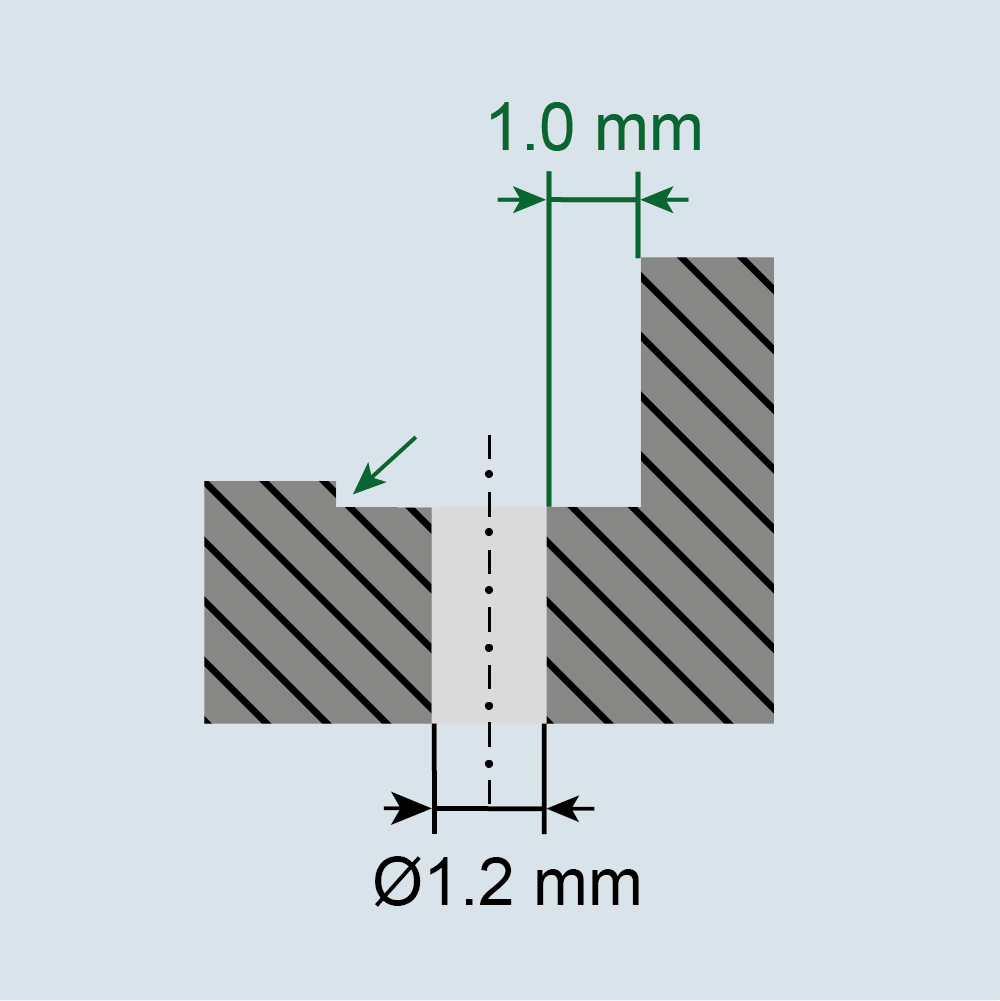
Therefore, the wall distance should be increased to 1.0 mm to allow free rotation of the tool and avoid collision of the blade. On the left side of the bore there was a 30° angle, which represented an additional collision risk for the blade of the tool. This problem could be solved by machining a flat recess instead of an angle.
Furthermore, the bore-Ø should be changed to Ø2.0 mm, which was the smallest diameter HEULE could deburr at the time. If the customer had involved HEULE early on in the design stage of the part, these suggested changes would have been simple to implement, however, with an existing design, production process, and produced quantities already running into the millions, it was not such a simple matter. During the discussion between HEULE's experts and the customer, it was quickly established that some, but not all of the suggested part design changes were possible. The angle to the left of the bore was replaced with a recess and the distance from the bore to the sidewall was increased. Unfortunately the bore-Ø of 1.2 mm could not be changed.
For decades, HEULE has been known for innovation and customised tool design and therefore took on the challenge of a tool design for this small bore. A tool design with extremely small dimensions, high concentricity, easy handling and a defined cutting edge made of carbide with a small chip recess had to be created. It soon became clear that the existing deburring tool concepts could not be miniaturised, so a completely new tool concept was developed. The result was a design in which the blade also takes on the function of the spring. The DL2 (Deburring Less than 2mm) series was born and the first tests proved to be very successful. The customer could now run the next multi-million series with reduced production costs due to the deburring process which could now take place on the machine and not through a subcontractor. Through this cooperation with the customer from the automotive industry, the DL2 is now part of the standard product portfolio covering bores ranging from Ø1.0 mm to 2.1 mm.
So now back to the customer from the energy sector. For the commissioning of the tool, HEULE's Service Engineer provided full on-site support. The new manufacturing procedure was implemented and the deburring quality achieved to the full satisfaction of the quality control department. By making the small correction to the angle of the bore the challenge of deburring the bore according to the original part design was eliminated and a standard tool from HEULE was used.
When it comes to new workpieces, the topic of deburring is often only considered at either a very late stage or when a problem arises. This is because at the development stage, the customer focuses on the functionality of the workpiece and not on its feasibility during production. If the deburring expert is involved in the project at an early stage, both the workpiece itself and the production processes can be analysed. The customer's conclusion was clear: